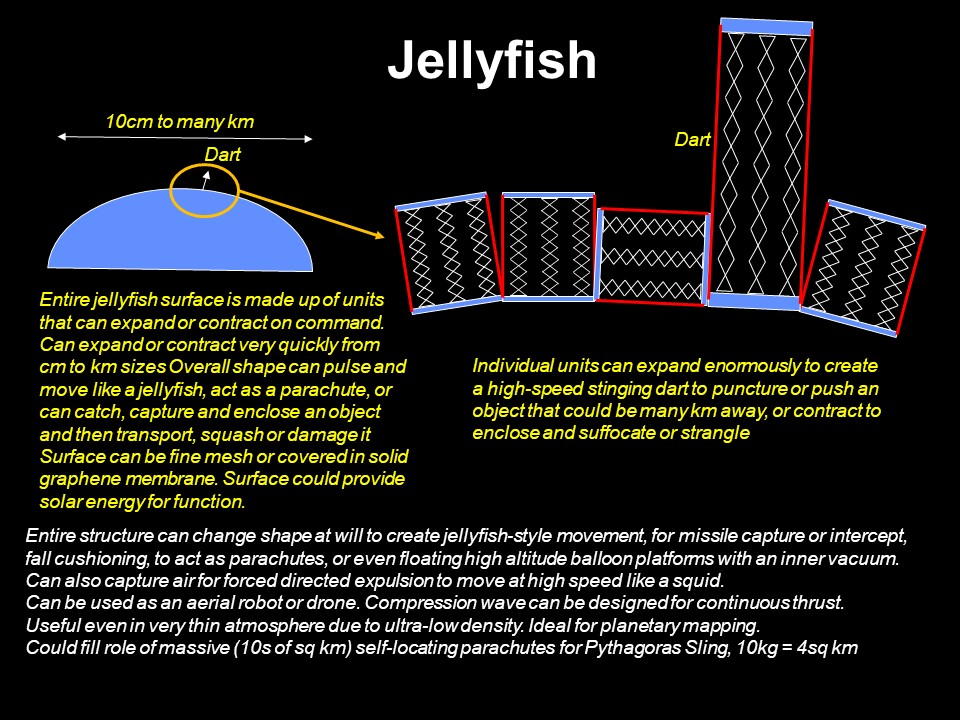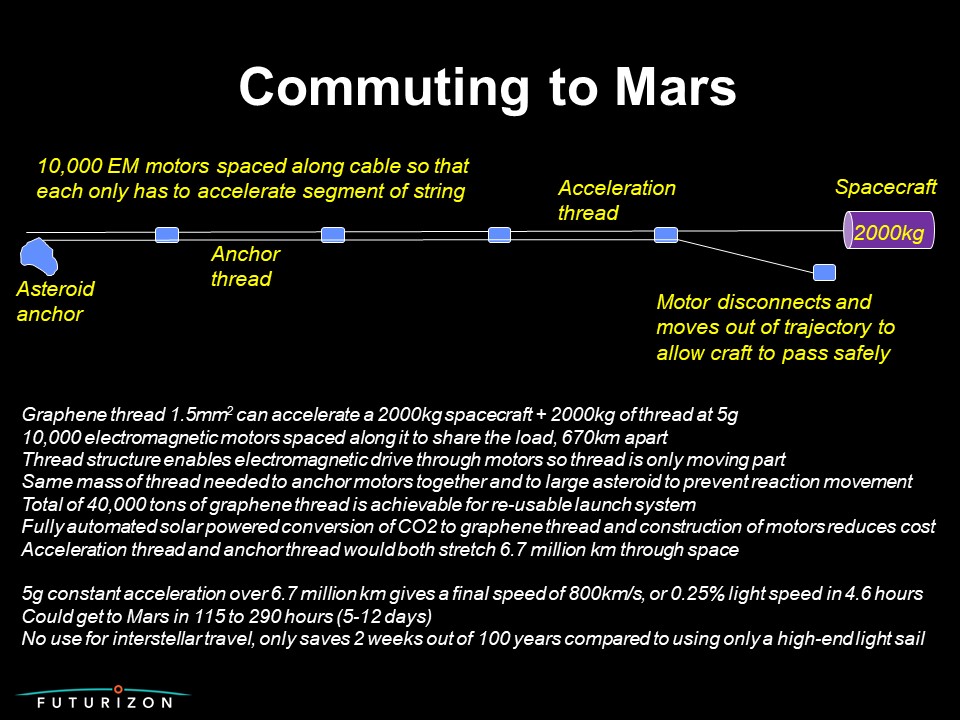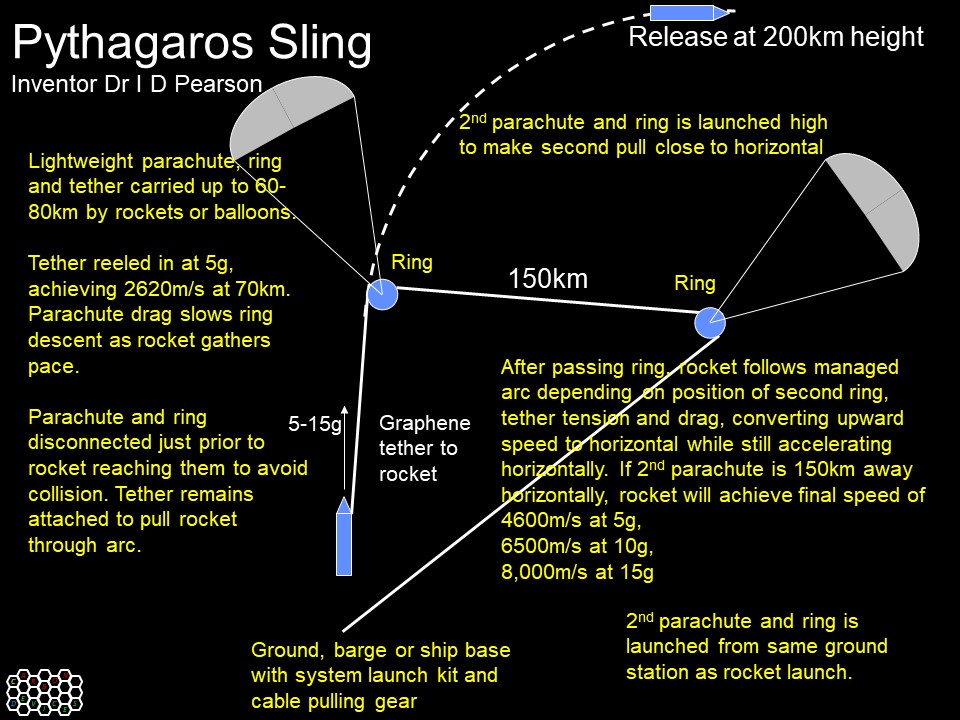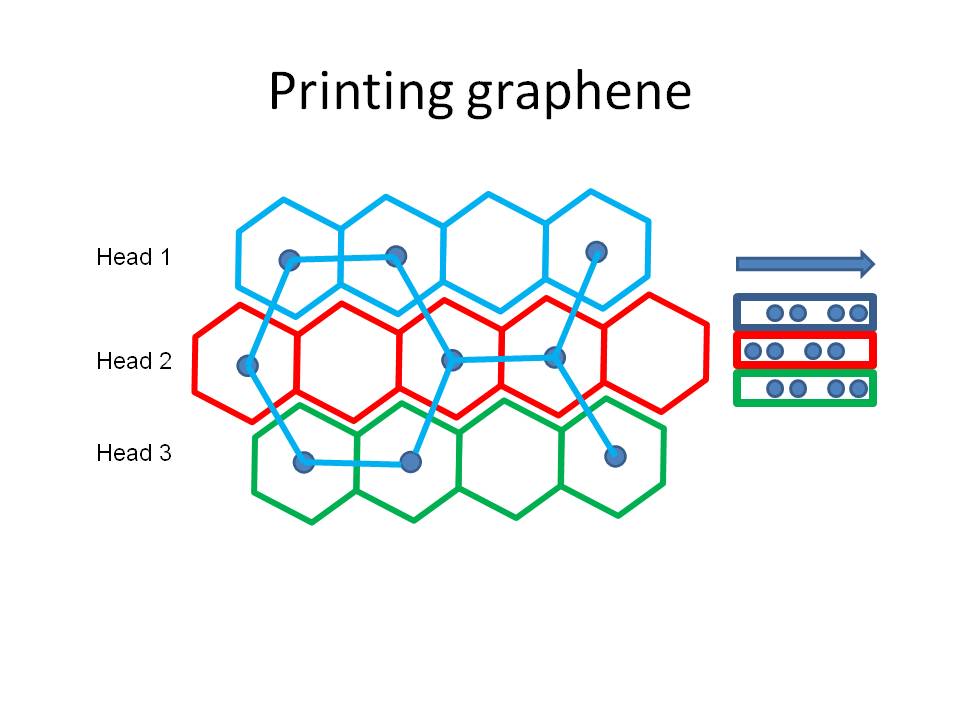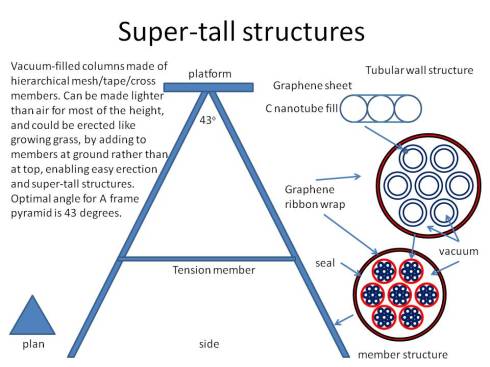A couple of years ago I explained how to make a free-floating combat drone: http://carbonweapons.com/2013/06/27/free-floating-combat-drones/ , like the ones in Halo or Mass Effect. They could realistically be made in the next couple of decades and are very likely to feature heavily in far future warfare, or indeed terrorism. I was chatting to a journalist this morning about light sabers, another sci-fi classic. They could also be made in the next few decades, using derivatives of the same principles. A prototype is feasible this side of 2050.
I’ll ignore the sci-fi wikis that explain how they are meant to work, which mostly approximate to fancy words for using magic or The Force and various fictional crystals. On the other hand, we still want something that will look and sound and behave like the light saber.
The handle bit is pretty obvious. It has to look good and contain a power source and either a powerful laser or plasma generator. The traditional problem with using a laser-based saber is that the saber is only meant to be a metre long but laser beams don’t generally stop until they hit something. Plasma on the other hand is difficult to contain and needs a lot of energy even when it isn’t being used to strike your opponent. A laser can be switched on and off and is therefore better. But we can have some nice glowy plasma too, just for fun.
The idea is pretty simple then. The blade would be made of graphene flakes coated with carbon nanotube electron pipes, suspended using the same technique I outlined in the blog above. These could easily be made to form a long cylinder and when you want the traditional Star Wars look, they would move about a bit, giving the nice shimmery blurry edge we all like so that the tube looks just right with blurry glowy edges. Anyway, with the electron pipe surface facing inwards, these flakes would generate the internal plasma and its nice glow. They would self-organize their cylinder continuously to follow the path of the saber. Easy-peasy. If they strike something, they would just re-organize themselves into the cylinder again once they are free.
For later models, a Katana shaped blade will obviously be preferred. As we know, all ultimate weapons end up looking like a Katana, so we might as well go straight to it, and have the traditional cylindrical light saber blade as an optional cosmetic envelope for show fights. The Katana is a universal physics result in all possible universes.
The hum could be generated by a speaker in the handle if you have absolutely no sense of style, but for everyone else, you could simply activate pulsed magnetic fields between the flakes so that they resonate at the required band to give your particular tone. Graphene flakes can be magnetized so again this is perfectly consistent with physics. You could download and customize hums from the cloud.
Now the fun bit. When the blade gets close to an object, such as your opponent’s arm, or your loaf of bread in need of being sliced, the capacitance of the outer flakes would change, and anyway, they could easily transmit infrared light in every direction and pick up reflections. It doesn’t really matter which method you pick to detect the right moment to activate the laser, the point is that this bit would be easy engineering and with lots of techniques to pick from, there could be a range of light sabers on offer. Importantly, at least a few techniques could work that don’t violate any physics. Next, some of those self-organizing graphene flakes would have reflective surface backings (metals bond well with graphene so this is also a doddle allowed by physics), and would therefore form a nice reflecting surface to deflect the laser beam at the object about to be struck. If a few flakes are vaporized, others would be right behind them to reflect the beam.
So just as the blade strikes the surface of the target, the powerful laser switches on and the beam is bounced off the reflecting flakes onto the target, vaporizing it and cauterizing the ends of the severed blood vessels to avoid unnecessary mess that might cause a risk of slipping. The shape of the beam depends on the locations and angles of the reflecting surface flakes, and they could be in pretty much any shape to create any shape of beam needed, which could be anything from a sharp knife to a single point, severing an arm or drilling a nice neat hole through the heart. Obviously, style dictates that the point of the saber is used for a narrow beam and the edge is used as a knife, also useful for cutting bread or making toast (the latter uses transverse laser deflection at lower aggregate power density to char rather than vaporize the bread particles, and toast is an option selectable by a dial on the handle).
What about fights? When two of these blades hit each other there would be a variety of possible effects. Again, it would come down to personal style. There is no need to have any feel at all, the beams could simple go through each other, but where’s the fun in that? Far better that the flakes also carry high electric currents so they could create a nice flurry of sparks and the magnetic interactions between the sabers could also be very powerful. Again, self organisation would allow circuits to form to carry the currents at the right locations to deflect or disrupt the opponent’s saber. A galactic treaty would be needed to ensure that everyone fights by the rules and doesn’t cheat by having an ethereal saber that just goes right through the other one without any nice show. War without glory is nothing, and there can be no glory without a strong emotional investment and physical struggle mediated by magnetic interactions in the sabers.
This saber would have a very nice glow in any color you like, but not have a solid blade, so would look and feel very like the Star Wars saber (when you just want to touch it, the lasers would not activate to slice your fingers off, provided you have read the safety instructions and have the safety lock engaged). The blade could also grow elegantly from the hilt when it is activated, over a second or so, it would not just suddenly appear at full length. We need an on/off button for that bit, but that could simply be emotion or thought recognition so it turns on when you concentrate on The Force, or just feel it.
The power supply could be a battery or graphene capacitor bank of a couple of containers of nice chemicals if you want to build it before we can harness The Force and magic crystals.
A light saber that looks, feels and behaves just like the ones on Star Wars is therefore entirely feasible, consistent with physics, and could be built before 2050. It might use different techniques than I have described, but if no better techniques are invented, we could still do it the way I describe above. One way or another, we will have light sabers.
